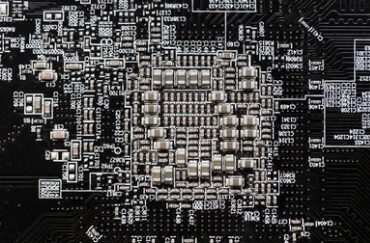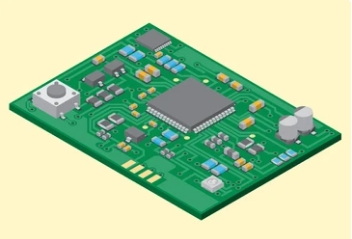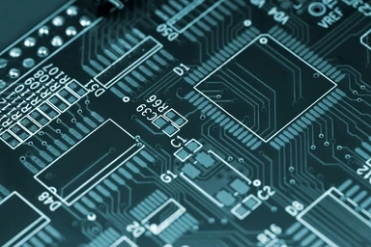Content Menu
● Introduction
● What Are the Steps in the SMT Manufacturing Process?
● Why Is SMT Preferred Over Through-Hole Technology?
● What Are the Challenges in SMT Manufacturing?
● How Does SMT Impact the Electronics Industry?
● What Are the Future Trends in SMT Manufacturing?
● Conclusion
● Related Questions
>> 1. What is the role of solder paste in SMT manufacturing?
>> 2. How does reflow soldering work?
>> 3. What are common inspection methods in SMT manufacturing?
>> 4. Why is automation important in SMT manufacturing?
>> 5. What are environmental considerations in SMT manufacturing?
Introduction
Surface Mount Technology (SMT) is a pivotal method in the electronics manufacturing industry, enabling the direct mounting of electronic components onto the surface of printed circuit boards (PCBs). This innovative process has transformed electronic assembly, offering several advantages such as reduced size, increased automation, and enhanced cost efficiency. The SMT manufacturing process is characterized by its precision and speed, making it the preferred choice for many electronic devices today.

What Are the Steps in the SMT Manufacturing Process?
The SMT manufacturing process consists of several critical steps that ensure the production of high-quality electronic assemblies. Each step plays a vital role in achieving optimal results:
- SMC and PCB Preparation: This initial stage involves selecting surface mount components (SMCs) and designing the PCB layout. The PCB is prepared with solder pads, and a stencil is created for solder paste application.
- Solder Paste Printing: Solder paste, a mixture of powdered metal solder and flux, is applied to the PCB using a stencil and squeegee. This step is crucial as it ensures that the solder paste is accurately deposited on the solder pads.
- Components Placement: Utilizing pick-and-place machines, electronic components are precisely positioned onto the PCB according to design specifications. This automation enhances accuracy and efficiency.
- Reflow Soldering: The PCB is passed through a reflow oven where the solder paste is melted to create strong connections between the components and the PCB. This process involves several temperature zones: preheat, soak, reflow, and cooling.
- Cleaning and Inspection: After soldering, the PCB is cleaned to remove any residues, and inspections are conducted to identify and rectify defects. Techniques such as Automated Optical Inspection (AOI) are commonly employed during this stage.
Why Is SMT Preferred Over Through-Hole Technology?
SMT has several advantages over traditional through-hole technology:
- Smaller Component Size: SMT allows for smaller components, facilitating compact designs that save space in electronic devices.
- Increased Automation: The use of automated machines in SMT reduces manual labor and production time significantly.
- Improved Reliability: SMT connections tend to be more reliable due to better mechanical strength and electrical performance.
- Cost Efficiency: Reduced material usage and lower labor costs contribute to overall cost savings in production.
What Are the Challenges in SMT Manufacturing?
Despite its many benefits, SMT manufacturing also presents certain challenges:
- High Initial Investment: The cost of purchasing advanced equipment and training personnel can be substantial.
- Complexity in Handling Components: The small size of SMCs can make handling and placement challenging, requiring specialized equipment.
- Inspection Difficulties: Inspecting tiny components for defects can be complicated, necessitating advanced inspection technologies.

How Does SMT Impact the Electronics Industry?
SMT has profoundly influenced the electronics industry by enabling manufacturers to produce smaller, faster, and more efficient devices. Its adoption has led to significant advancements in various sectors:
- Consumer Electronics: Devices like smartphones and tablets benefit from compact designs made possible by SMT.
- Telecommunications: High-performance communication devices rely on SMT for their intricate circuitry.
- Medical Devices: The precision of SMT allows for the development of advanced medical equipment that requires reliability and compactness.
What Are the Future Trends in SMT Manufacturing?
The future of SMT manufacturing is poised for growth driven by several trends:
- Automation Advancements: Increased automation through robotics and AI will enhance precision and efficiency in production lines.
- Material Innovations: The development of new materials that are environmentally friendly will become more prevalent as sustainability becomes a priority.
- Integration of AI Technologies: AI will play a significant role in quality control processes, improving defect detection rates.
Conclusion
The SMT manufacturing process stands as a cornerstone of modern electronics production, offering unparalleled efficiency and precision. By understanding its steps, advantages, and challenges, manufacturers can optimize their processes to remain competitive in an ever-evolving market. As technology continues to advance, so too will the methods used in SMT manufacturing, paving the way for even more innovative electronic solutions.

Related Questions
1. What is the role of solder paste in SMT manufacturing?
Solder paste serves as both an adhesive to hold components in place temporarily and as a material necessary for creating solder joints during reflow soldering.
2. How does reflow soldering work?
Reflow soldering involves heating the PCB in a controlled environment to melt the solder paste, which creates strong connections between components and their respective pads on the PCB.
3. What are common inspection methods in SMT manufacturing?
Common inspection methods include Automated Optical Inspection (AOI), X-ray inspection, and In-Circuit Testing (ICT), all aimed at ensuring assembly quality.
4. Why is automation important in SMT manufacturing?
Automation enhances precision, reduces production time, minimizes human errors, and is essential for high-volume manufacturing processes.
5. What are environmental considerations in SMT manufacturing?
Environmental considerations include using lead-free solder materials, recycling components where possible, and minimizing waste throughout the manufacturing process.




















